20. Feathery Dinosaur Tail Trapped in Amber
With science and technology continuously evolving, we’re able to uncover a lot more details about our past. New digging techniques helped scientists rewrite history, revealing more and more about the prehistoric life. Many of these bizarre discoveries of fossils would change the way we used to understand the world. And we’re only scratching the surface! Here are the latest incredible fossil discoveries that show us part of those ancient times.
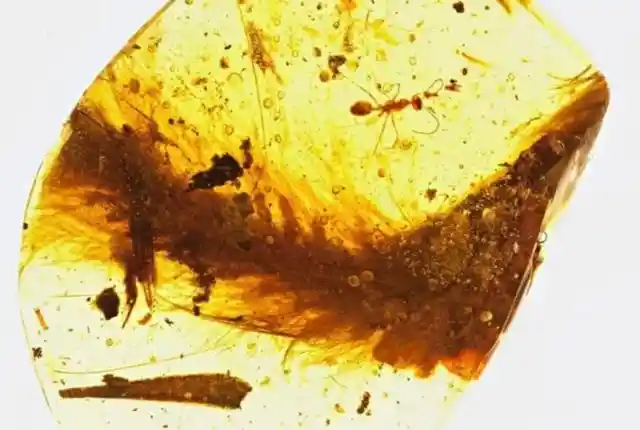
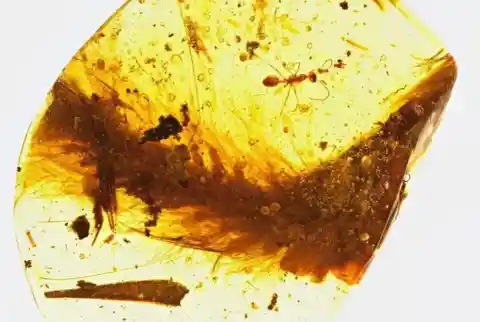
A Velociraptor was found fossilized as it fought with its prey. Unlike our image of huge velociraptors from the movies, the real ones were actually no bigger than the average turkey.
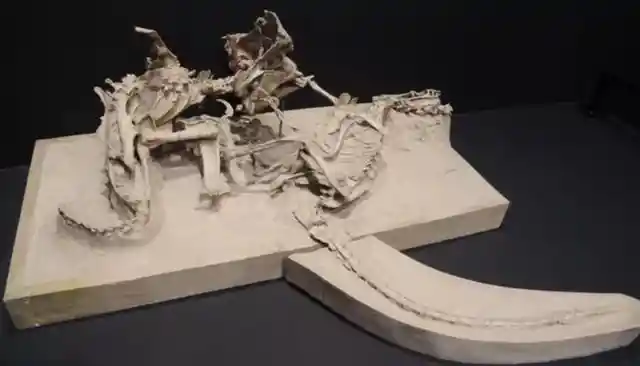
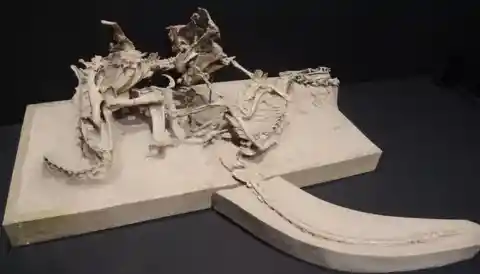
They were not great predators either, preferring the life of a scavenger. This Velociraptor fossil was found as it fought a Protoceratops - both dying during the fight.
Scientists discovered a nest of dinosaur eggs in the Gobi Desert. It belonged to a 80 million-year-old Oviraptor, revealing to experts that dinosaurs had strong paternal instincts, incubating their eggs just like birds do.
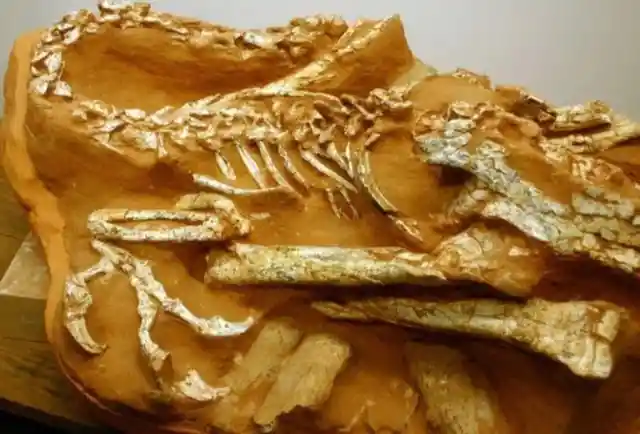
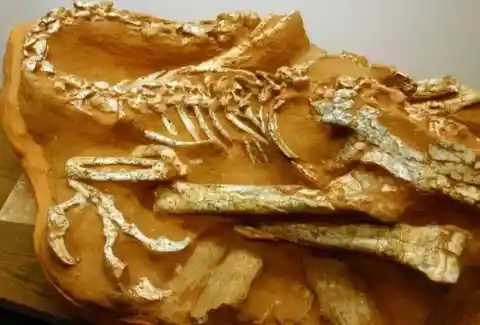
This fossil was found covered in sand, defending her eggs.
This is an Aspidorhynchus, and it’s believed that it choked with its meal, a Rhamphorhynchus. Because it was too large, the monster might have easily bitten a wing.
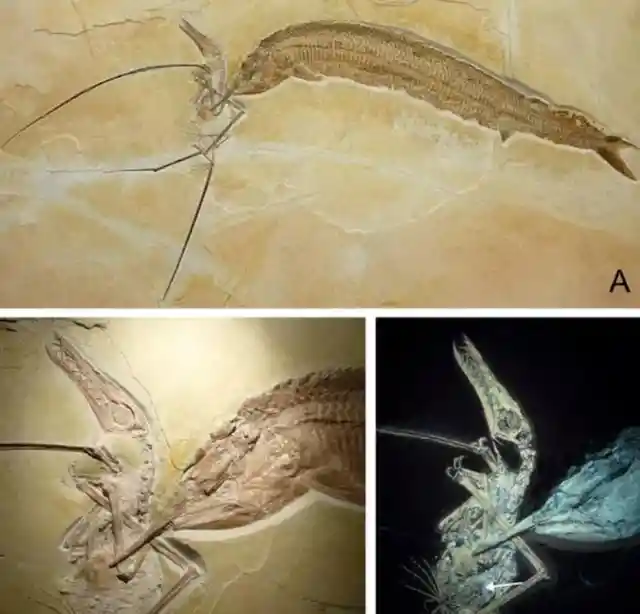
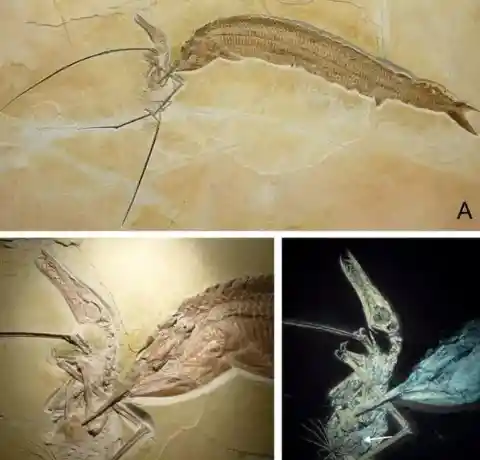
Unfortunately, it seems that neither prey r predator were able to escape the fight alive.
Another deadly fight was found by a 20-year-old paleontologist in 1962, when he excavated what he thought it was a mammoth skeleton, only to see that another one was stuck in its tusks. The two mammoths were probably sparring, but locked tusks and probably starved to death.
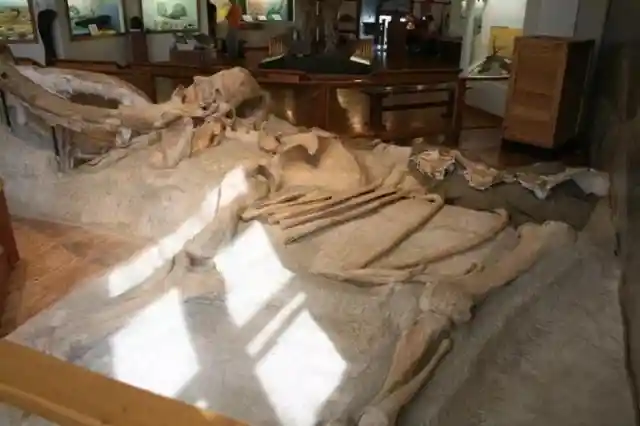
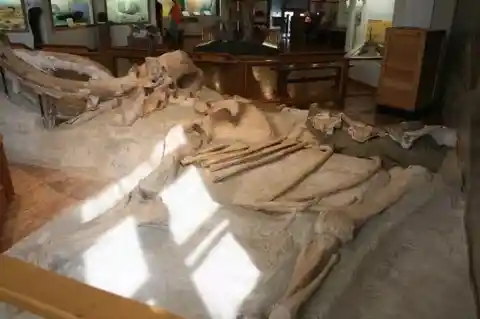
One tusk was embedded in the other mammoth’s eye socket.
Not only did researchers found a piece of amber with a 100 million-year-old spider, but they also found it was actually consuming a small wasp. The prey is known to be a species that would have eaten spider eggs, so the spider might have attacked it to protect its nest!
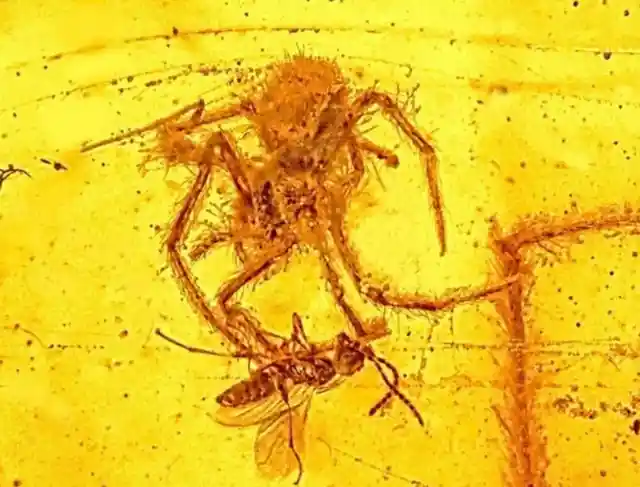
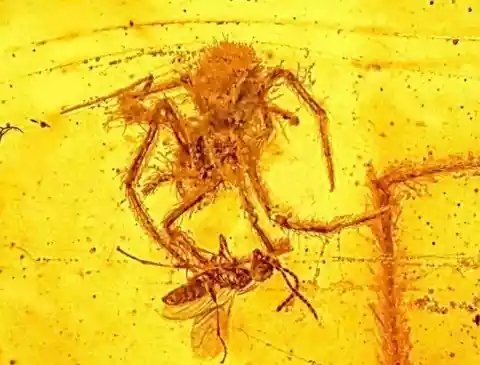
This is the only piece of amber that shows such a fight between a spider and its prey.
Think of a shark that has a buzzsaw-shaped mouth. That’s exactly what Helicoprion had in the lower jaw!
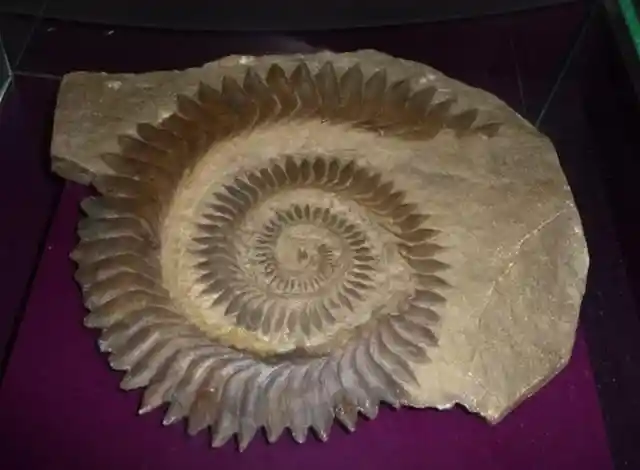
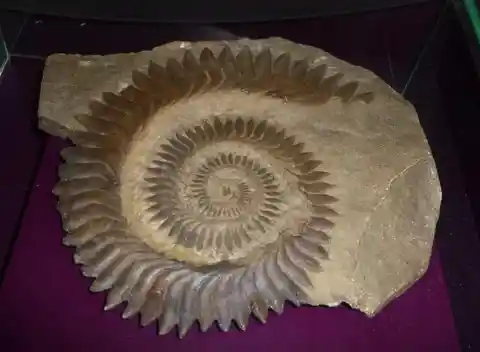
“Continual growth of the whorl pushes the tooth–root complex in a curved direction towards the front of the jaw, where it eventually spirals to form the base of the newest root material, and this process continues to form successive revolutions. At some time, prior to a complete 360 degree evolution of spiral growth, tooth crowns are concealed within tessellated cartilage on the upper jaw.”” wrote researchers in their paper in 2013.
One thing you never knew before is that Peru once housed huge penguins that were as tall as humans! The species is known as Inkayacu paracasensis.
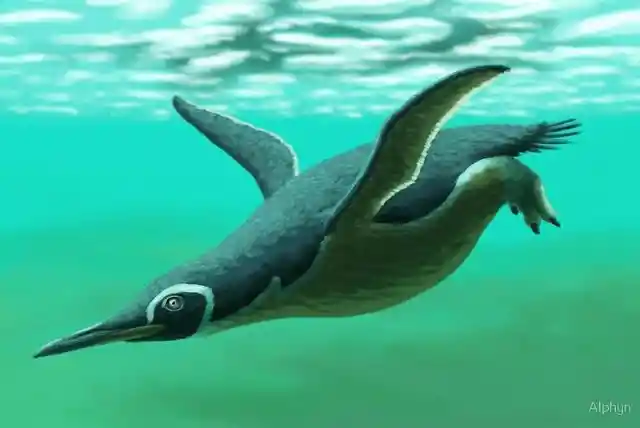
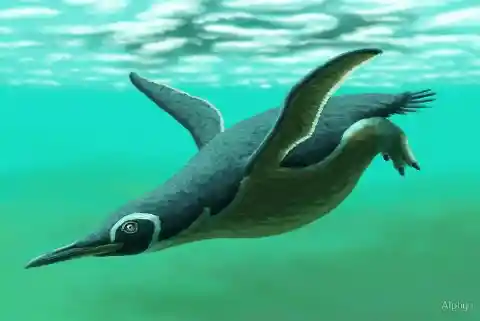
Fossils of a 36 million-year-old massive penguin revealed not just huge bones, but also scales and even feathers that grew on their stomach!
Prehistoric Madagascar had a terrifying creature: the Beelzebufo. Around 68 million years ago, there was an ancient frog that had such a strong bite it could eat small dinosaurs!
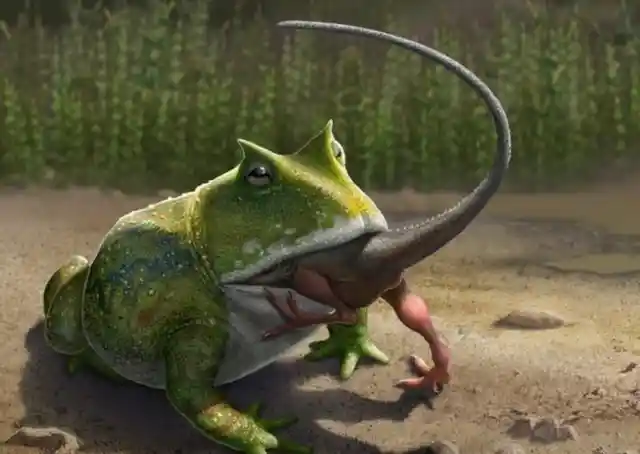
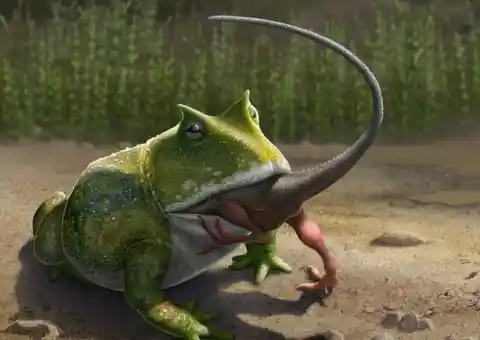
To put it in perspective, its jaw was as powerful as today’s wolves or tigers, which is why this guy was the most dangerous amphibian ever.
Just like in the movie Jurassic Park, scientists discovered a piece of amber that trapped an ancient mosquito. It was filled with blood, and was alive 46 million-years ago!
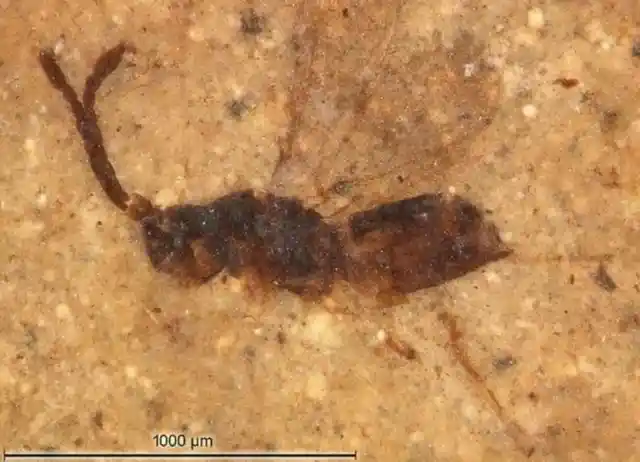
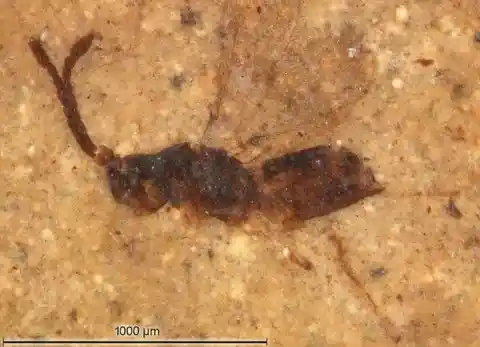
However, we cannot recreate Jurassic Park, since DNA cannot survive over such a long period…
When the Kirkdale Cave was discovered, the history of prehistoric England was forever changed! Back in 1821, the cave was thought to have inhabited some very unlucky cattle.
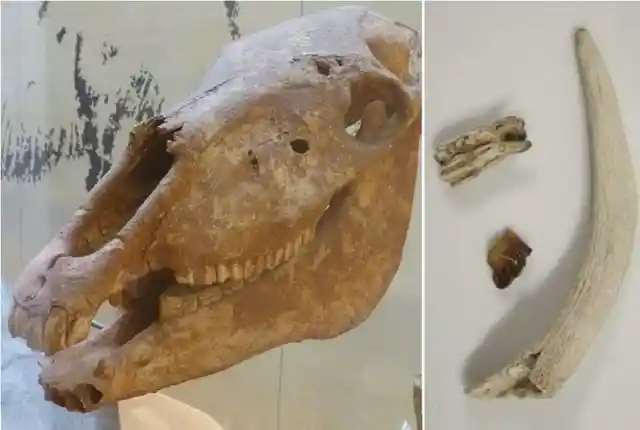
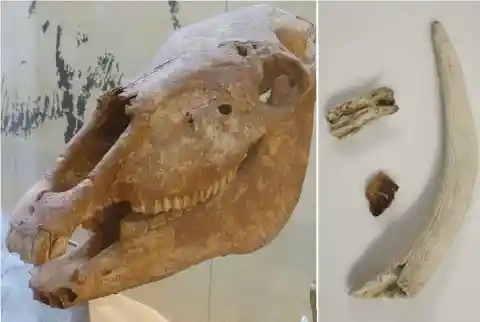
However, those bones turned out to be from rhinos, hippos, mammoths and hyenas! The cavern is believed to be hyenas’ den where they brought their meals.
Around 50 million years ago, there were giant ants the size of a humming bird that plagued Wyoming! The species is called Titanomyrma lubei, and it used to love warm climates.
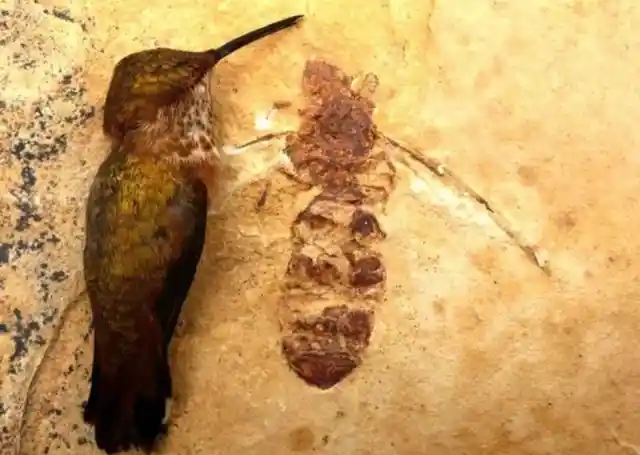
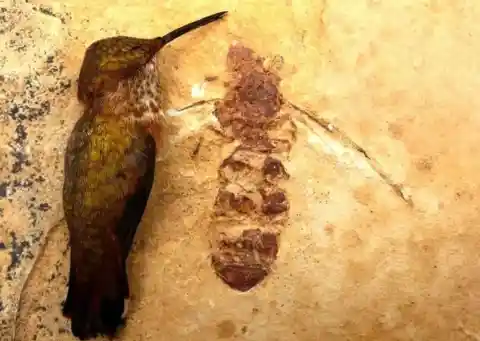
They also had a ferocious bite!
Onto a nastier discovery, German scientists have uncovered two turtles caught while copulating. They were 47 million-year-old.
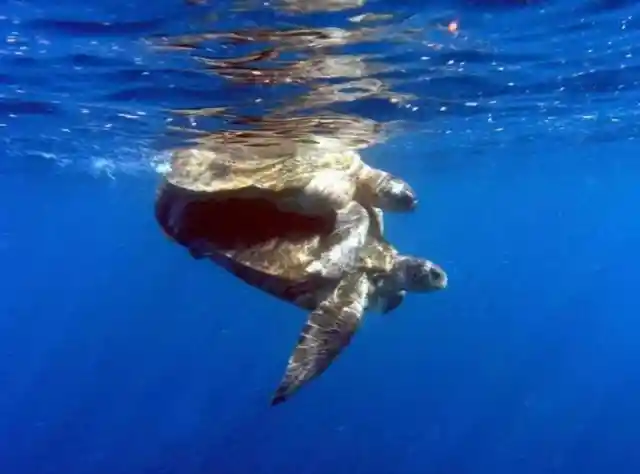
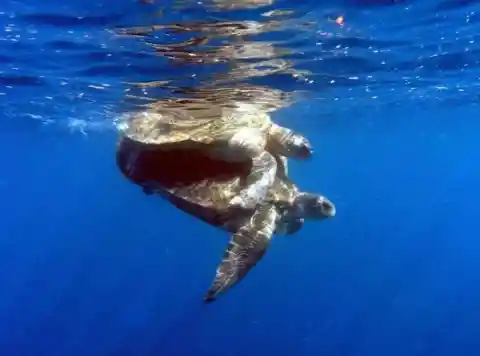
It is the first vertebrate fossil couple to have been discovered in the act of mating. The theory behind their demise is that they might have died because the sank too deep and experienced carbon dioxide poisoning.
It’s so funny to think that our Scrat from the ‘Ice Age’ series was actually a real ancient saber-toothed squirrel! Scientists have discovered the fossil of a six inches long saber-toothed squirrel in Argentina.
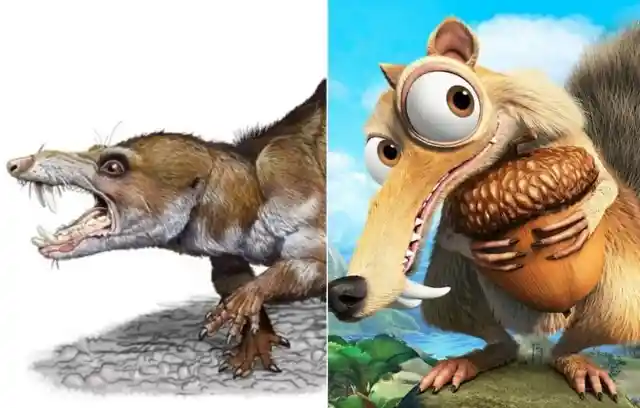
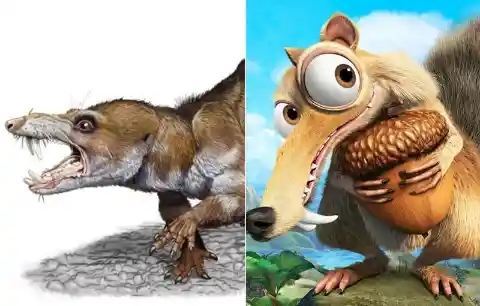
It lived about 100 million years ago, and it was more similar to marsupials than to squirrels.
University of Rhode Island’s David Fastovsky announced in 2011 that he discovered the eggs of 15 young protoceratops in Mongolia!
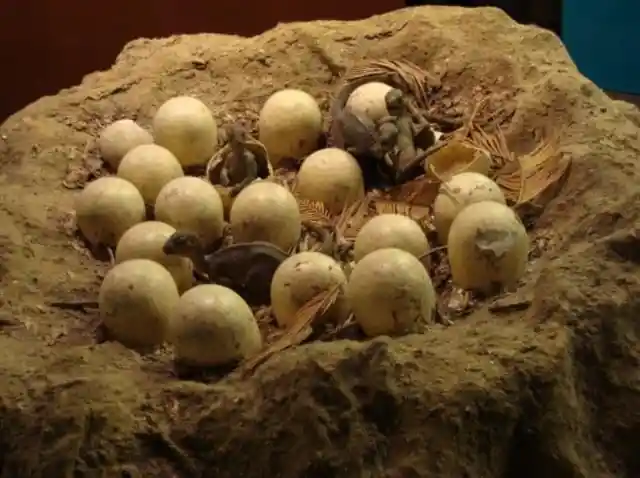
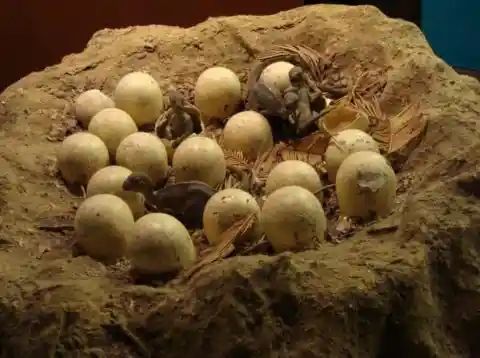
This discovery shows that dinosaurs cared for their babies longer than it was previously assumed.
The most ancient orgy caught in… stone is the one of trilobites that used to have a billion sexual partners. To engage in these orgies, trilobites exposed their soft flesh, shedding their exoskeletons!
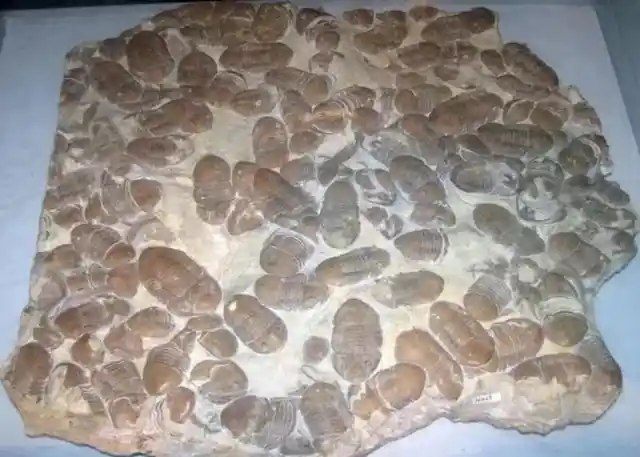
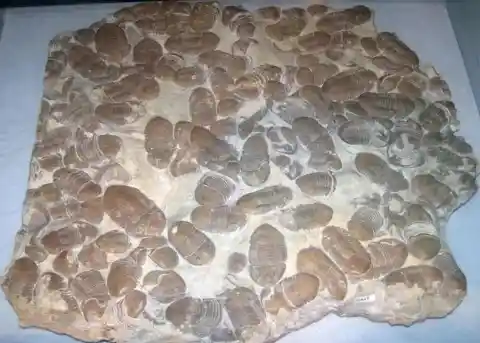
If this is not the weirdest prehistoric find, then we’re at a loss!
Megalodon sharks had huge jaws, a lot bigger than those we saw in Jaws! fossil hunter Vito “Megalodon” Bertucci found this Megalodon jaw in South Carolina, along the rivers. Two decades later, he was able to reconstruct the jaw, which had 182 teeth.
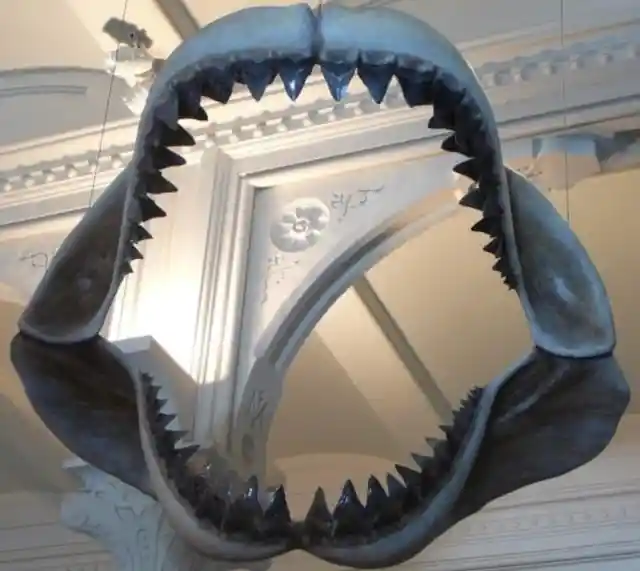
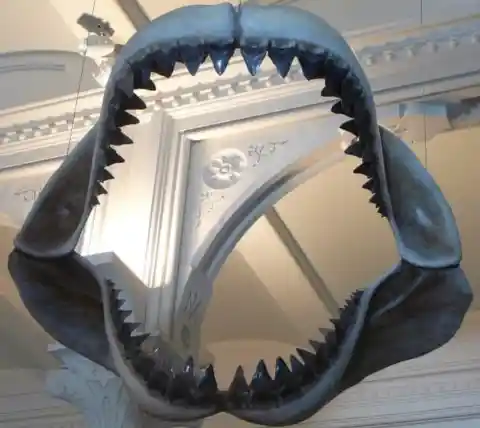
Some of the teeth were seven inches long! The entire jaw is 11 feet across and 9 feet tall!
Scientists discovered 50 million-year-old fossilized sperm cells that belonged to a species of Antarctic worm. It’s the ancient relative of earthworms and leeches.
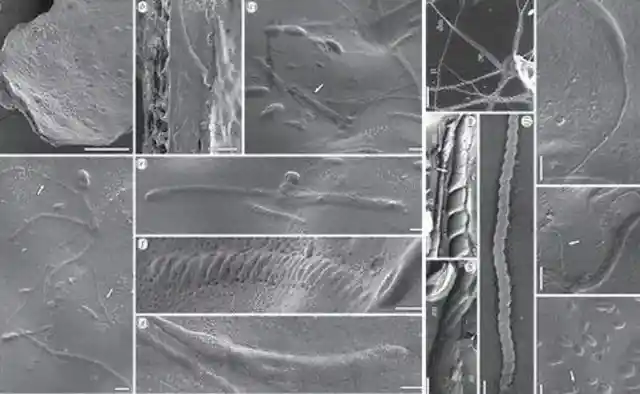
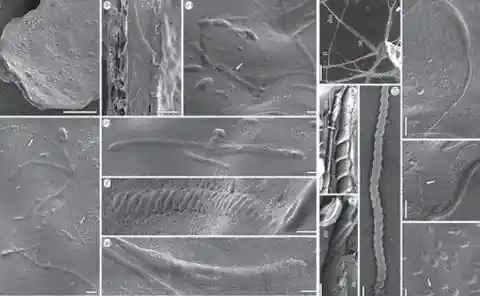
Scientists found the sperm inside a cocoon, which was probably created for copulating.
Another predator caught eating its prey was this snake that was getting ready to eat a baby sauropod. Because the dinosaur eggs were too large, it would wait for them to hatch.
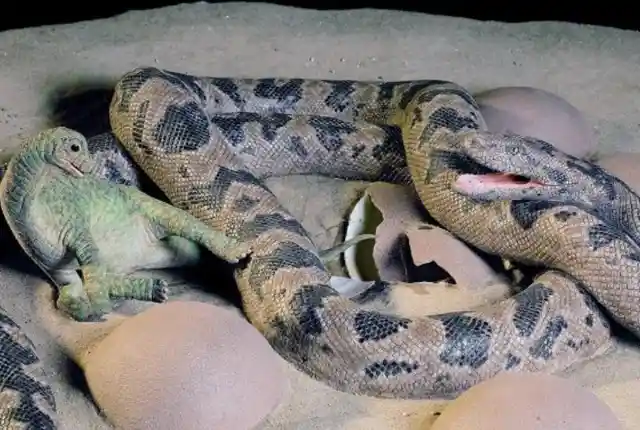
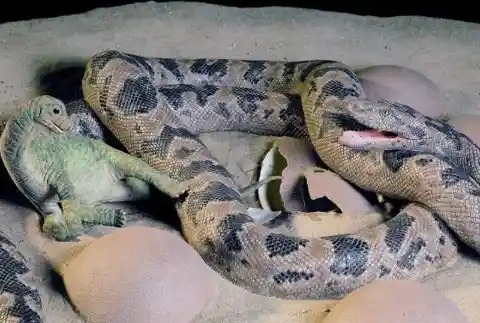
However, the snake and the baby sauropods died in a landslide.
Apart from the fact scientists actually found an ancient crustacean with an intact penis, Professor David Siveter (University of Leicester) said another baffling fact: "It doesn't have one penis, it has two." Wow.
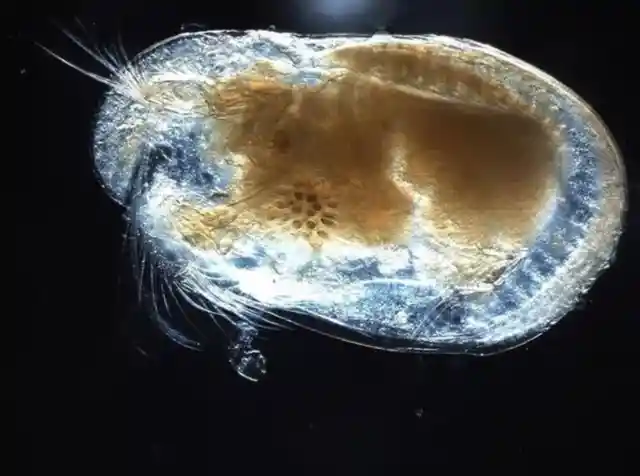
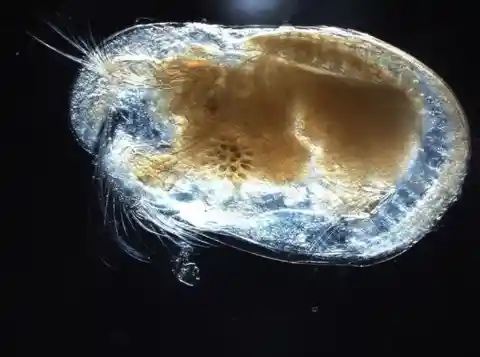
Just WOW!